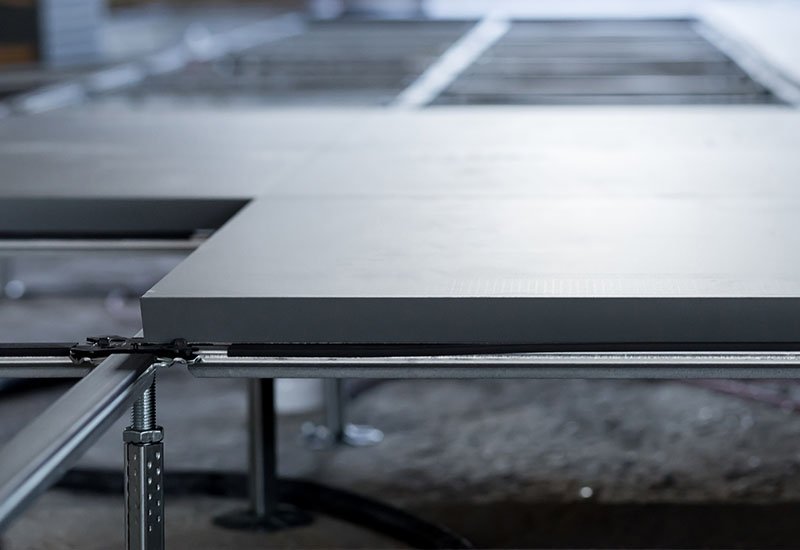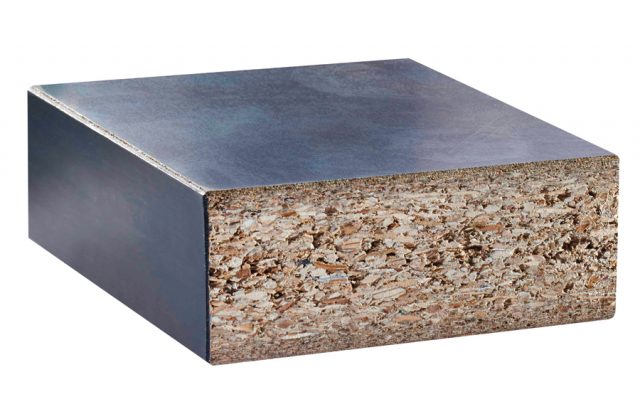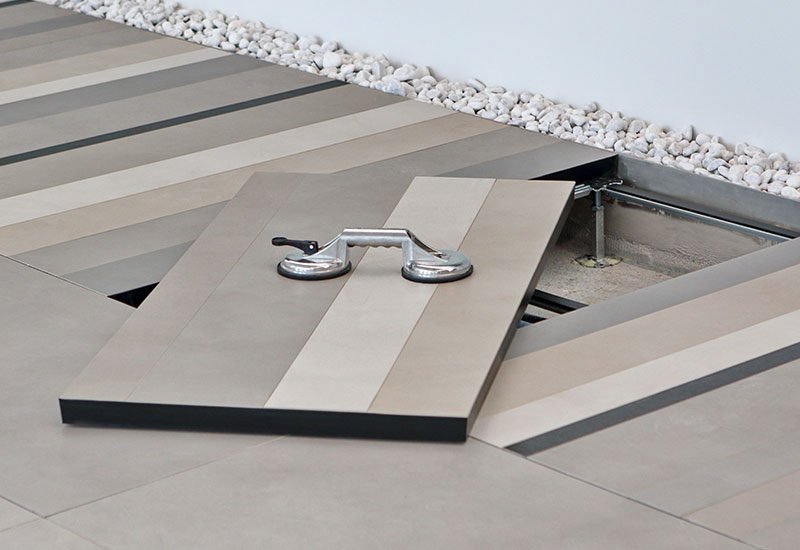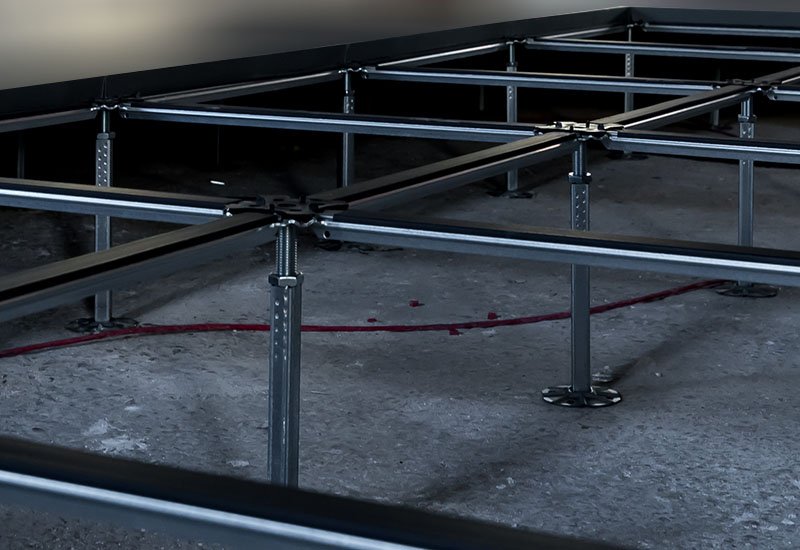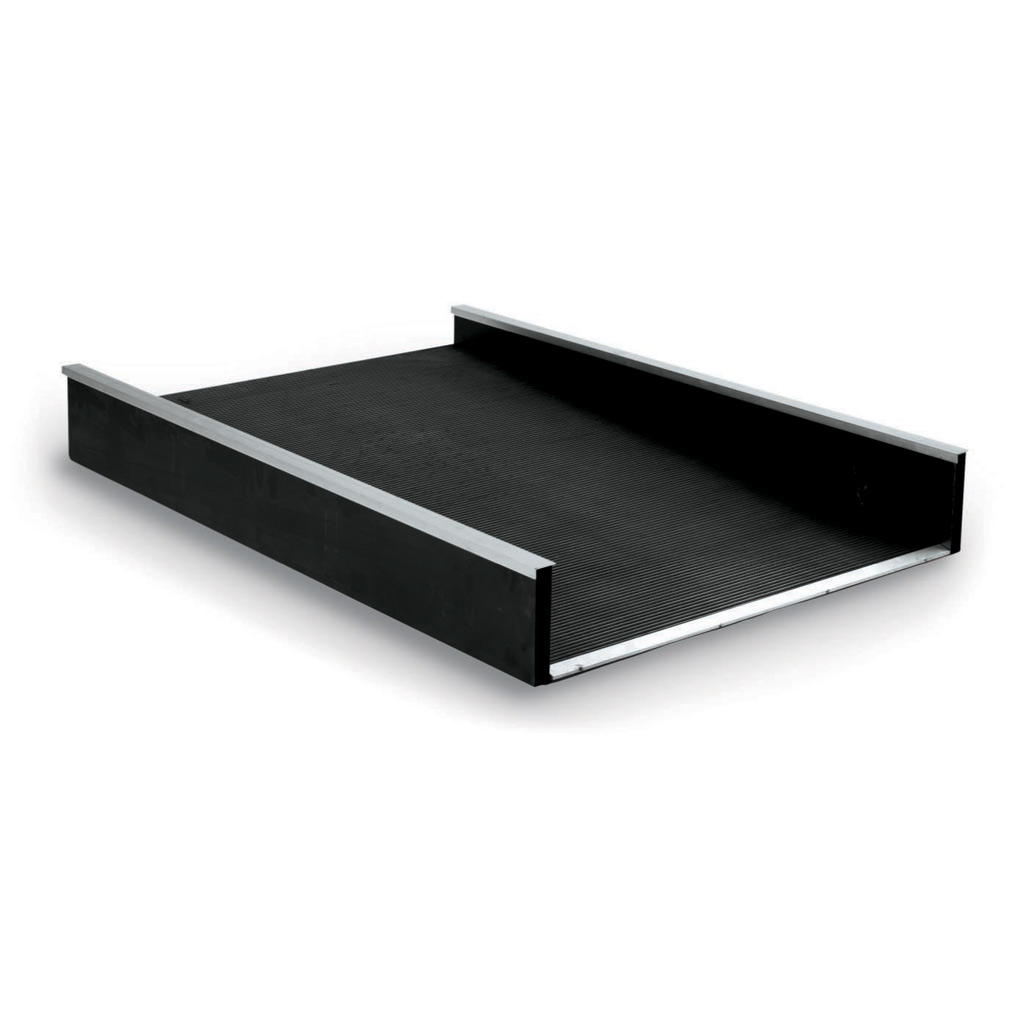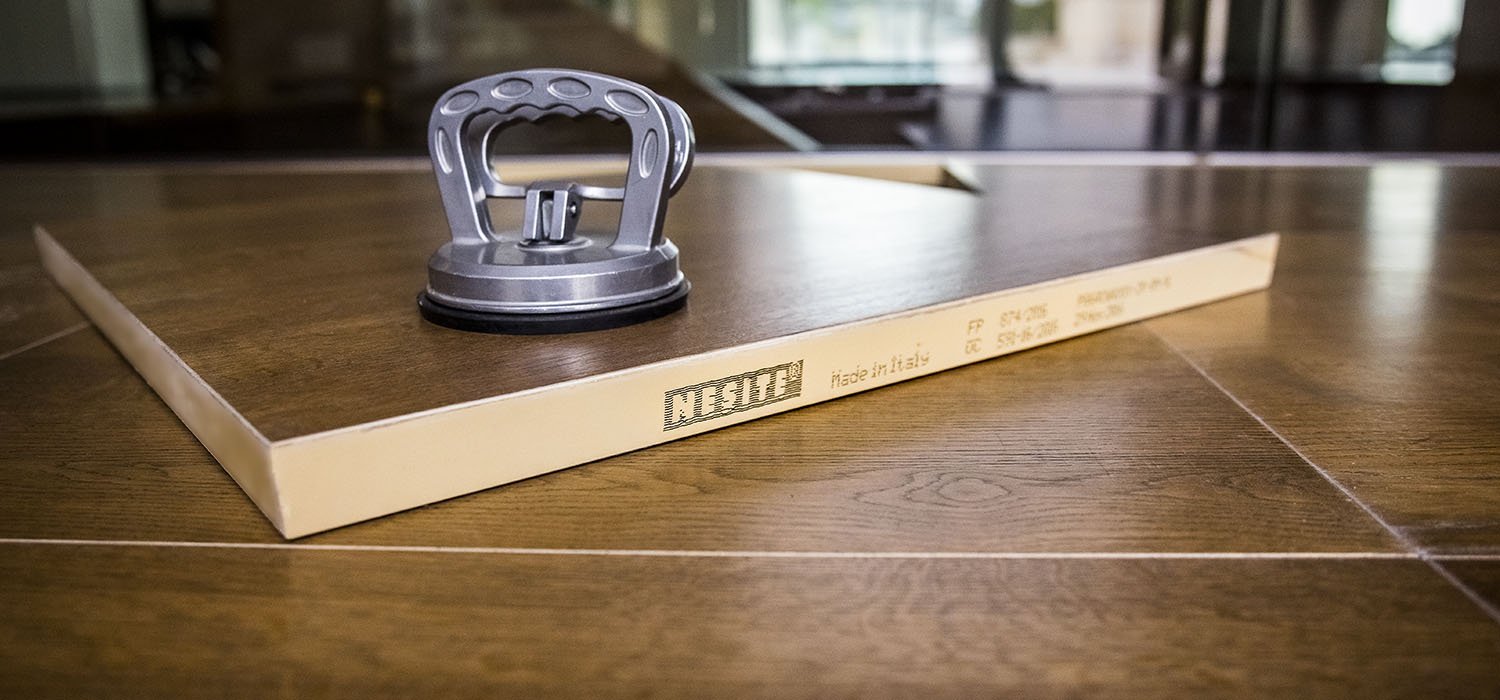
Home / News / Pavimenti Sopraelevati /
A new series of events related to the theme of the raised access floor starts from today’s post. The purpose is to get the readers of our blog closer to a product perhaps little known in its complexity and characteristics. We’ll do it in a simple, yet accurate and precise, manner trying to touch all the distinctive features of the raised floor.
Nice reading!
WHAT IS THE RAISED ACCESS FLOOR?
The raised access floor, also called “floating floor” or “false floor”, is a system created to meet the technological needs of technical rooms and allow easy accessibility and maintenance of infrastructure cabling system.
Thanks to continuous technological developments, the use of the raised floor has become increasingly popular making this product an indispensable element for modern buildings and in particular for the open spaces: actually, one of the main purposes of the use of raised floor is to provide flexible and easily adaptable to changes work places.
The raised floor also offers the designer – architect great freedom in the design phase, thanks to the various types of panels and covering materials; at the same time it must meet the requirements of specific regulations, such as resistance and reaction to fire, the mechanical characteristics (concentrated and distributed loads), electrical properties (conductive, antistatic), acoustic and, not least, anti-seismic characteristics.
THE PANELS
The modular panels are composed of 4 main elements: core, the bottom surface, the top covering and the edge-band.
The core of the panel may be chipboard, calcium sulphate or other inert material; the core determines the performance of the system in relation to the fire, mechanical resistance and acoustic insulation.
Chipboard panel for raised floor
The bottom surface is made of aluminum or steel, and has the main function of protecting the panel, but can also be decisive for some performances (eg. the aluminum improves the fire resistance, the steel, instead, increases the mechanical resistance).
The top covering is the “visible” part of the raised floor, therefore it mainly has to comply with the aesthetic choice of the customer, to whom are offered a wide range of finishes: from the cheapest, such as plastic laminates and homogeneous resilient top coverings, to the finest ones, such as ceramics, wood, marble and granite, which are the heart of the range Nesite.
Raised floor with ceramic covering
The edge-band serves to protect the panel during installation and handling and represents an added value to the system as it is anti-squeaking and self-extinguishing.
THE STRUCTURE
The system of raised floor is completed by the support structure available in different configurations depending on the height and the loads to be fulfilled: from the most simple without stringers, of the MP (Multi Purpose) family, or the ones with different stringers depending on the required mechanical resistance, up to the BPC system with heavy stringers for the maximum performances.
Structure in galvanized steel
THE ACCESSORIES
In addition to the panels and structure, Nesite offers a range of accessories to complete the system of raised floor: from the lifting accessories to the acoustic ones, from electrical components to accessories that allow the passage of air, the end user is offered a wide range of products that make the system usable on a practical level.
For a comparison with the traditional floor and a in-depth report of the advantages of the system please visit our download area.
